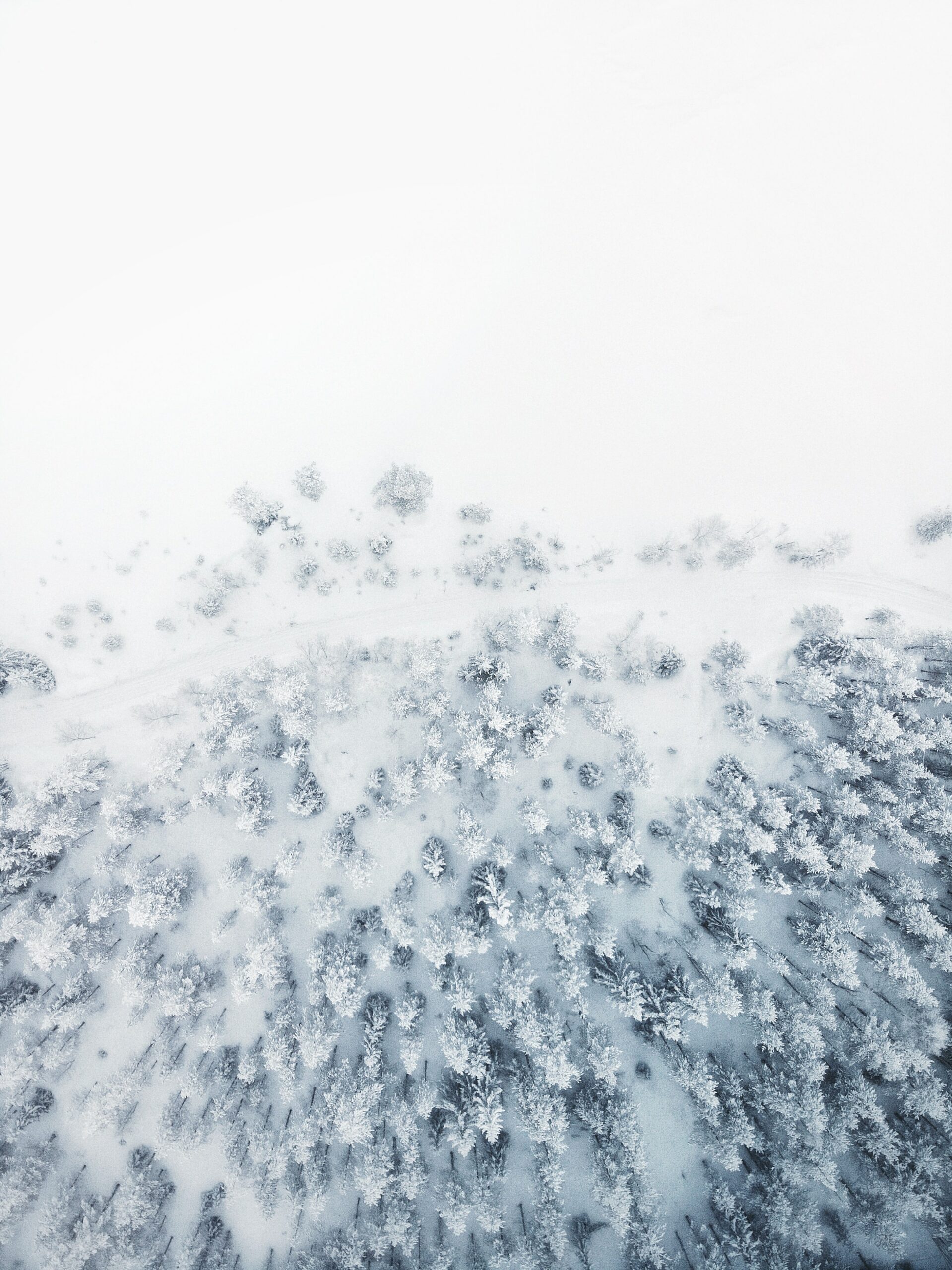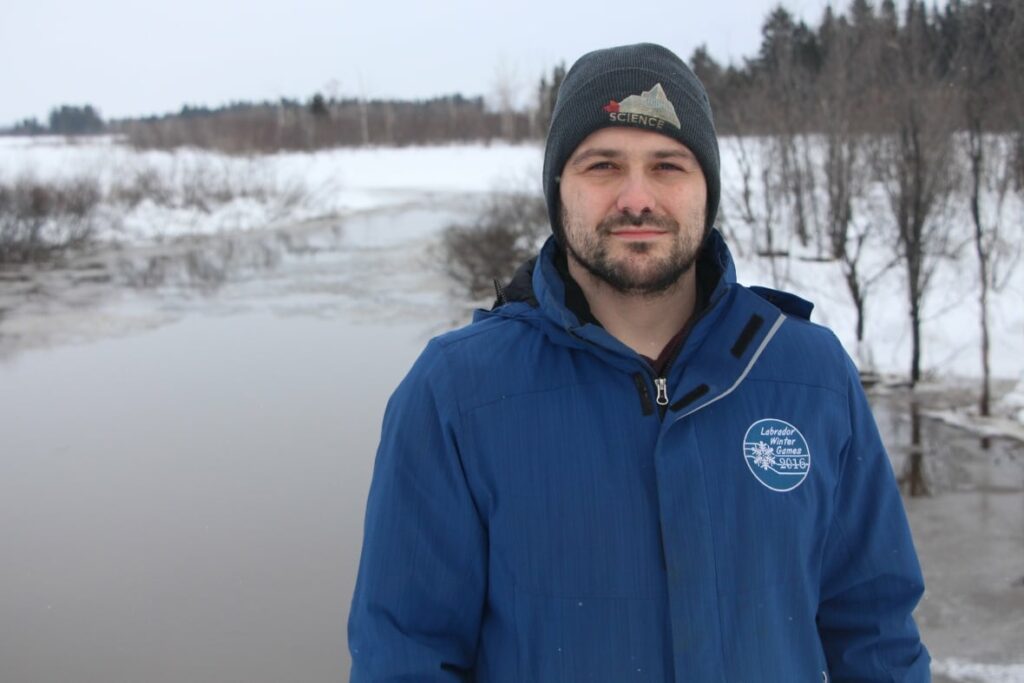Dr. Robert Way (RW): Back home, when I was growing up, we actually had the world's biggest caribou herd at the time.
Science World (SW): Dr. Robert Way grew up in Central Labrador, in a small community called Happy Valley Goose Bay.
RW: We used to every winter the herd would come through, and so, you know, you'd be driving around in a vehicle with your parents and then suddenly off on these frozen lakes all you could see would be thousands and thousands and thousands of caribou just kind of marching across the lakes.
SW: Robert feels lucky to have witnessed that migration as a child. The impacts of climate change on his home region have caused caribou numbers to drop significantly over the last two decades. Today, Dr. Way is a climate scientist and Assistant Professor at Queen’s University. He's researching the thinning of the terrestrial cryosphere—which is the scientific term for glaciers, permafrost, and ice.
RW: Climate change has been a bit complicated in the area where I'm from in Labrador and one of the challenges we have there is that we're right on the ocean or at least a lot of the areas are right on the ocean and, you know, sometimes the ocean decides to take control of things a little bit. So, even though some parts of Canada have had been warming a lot for decades, Labrador hadn't been warming a lot and then suddenly the conditions went in the other direction and suddenly we were warming at some of the fastest rates in the world.
SW: In addition to record breaking warming, this region is also losing the ability to collect weather data making it very difficult for scientists like Robert to understand the changes in the climate. In the past, Dr. Way says the area had up to seven weather stations that measured snow. Today, there is one.
RW: You know, you're talking about having critical resources and critical flights that are meant to get into these communities when they can't even get a reliable forecast for those communities. So, you know, they're calling up people working in the community to kind of look outside and judge the winds and stuff like that but it also makes it challenging for people who spend a lot of time on the land because, you know, if you leave by boat to go out fishing or hunting and the winds come from a different direction then you might be dealing with a situation that could be quite dangerous. And I think that's something that a lot of people across the north, and particularly in the Canadian north, really perceive. That, you know, while people have not been watching too heavily on what's going on with it, things have changed a lot. And the people who are most aware of it are the people who all use this information every day and suddenly realize that what used to be a little problem is now snowballing into a bigger and bigger problem.
SW: Dr. Robert Way and his team at Queen’s University have designed and installed their own weather stations in six communities along the coast of Labrador. They make crucial forecast data publicly available in real time and they allow Dr. Way to continue researching the complex problem of climate change.
RW: This year as an example there was an extreme year in Labrador, the second warmest winter on record. And on Christmas Day, as an example, it was 10 degrees, and it was pouring rain. Now, the average temperature for that day of the year is about minus 18. It's obviously very different from what people are expecting, it's very different from what wildlife is adapted to, and it's very different than what infrastructure is built to withstand.
SW: Though we're not there yet, we are moving toward a post-COVID world. And Dr. Robert Way hopes that we take with us some of the lessons we may have learned from spending more time outdoors connecting with our environments.
RW: I think if anything the pandemic and what's happened with COVID-19 has particularly made a lot of people I think in in southern and urban areas really want to connect more with nature I think and be able to spend time on the land and that's something that, you know, we're very fortunate, those living in the north, are very fortunate to be able to do and to be able to have kind of a long history with the regions we spend time in. And I think, you know, we can talk about climate change having impacts on people living in the north and there absolutely are massive impacts that that will impact those areas but, in the same vein, that doesn't mean that people are going to do anything other than to try and adapt and to embrace what they still can of their homes.

